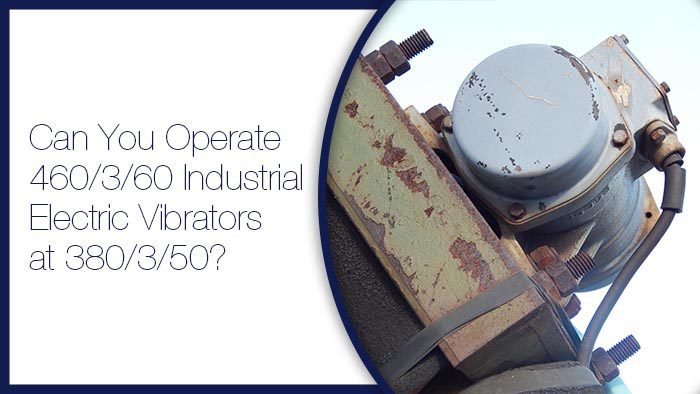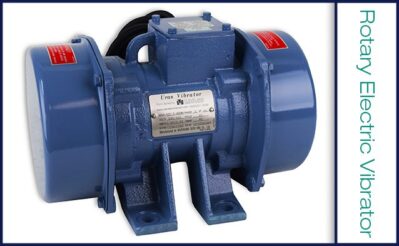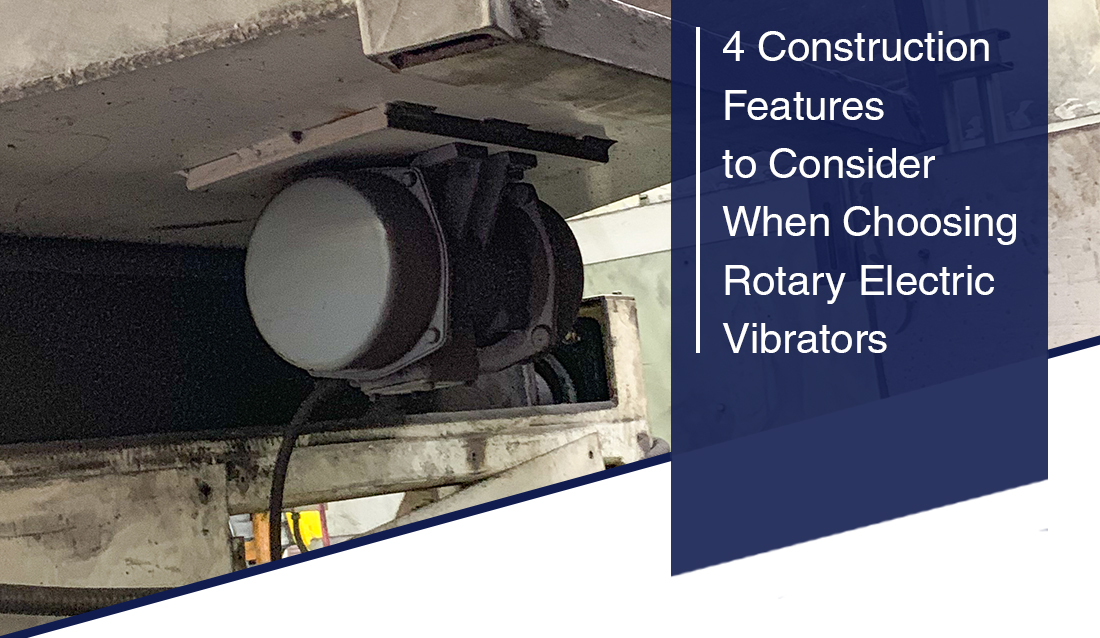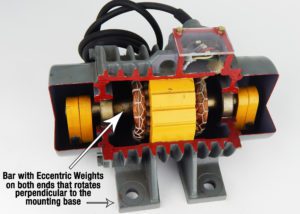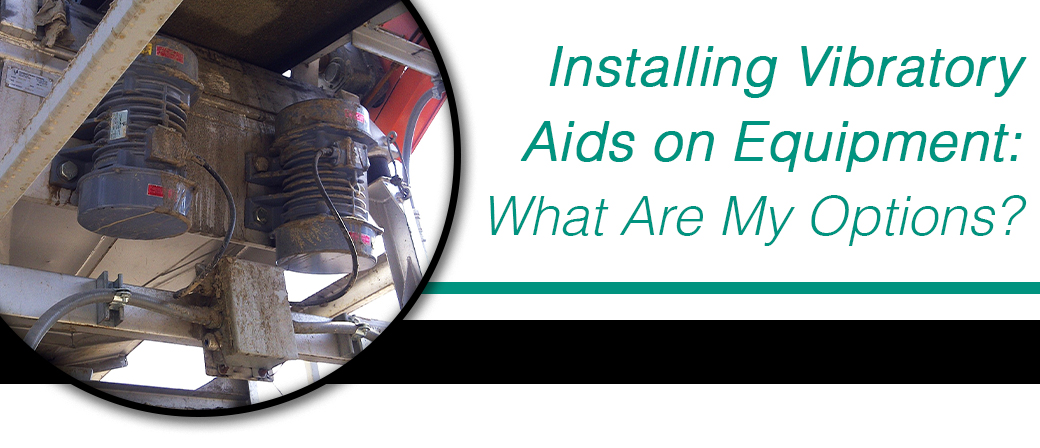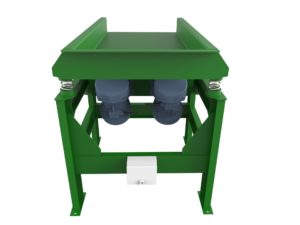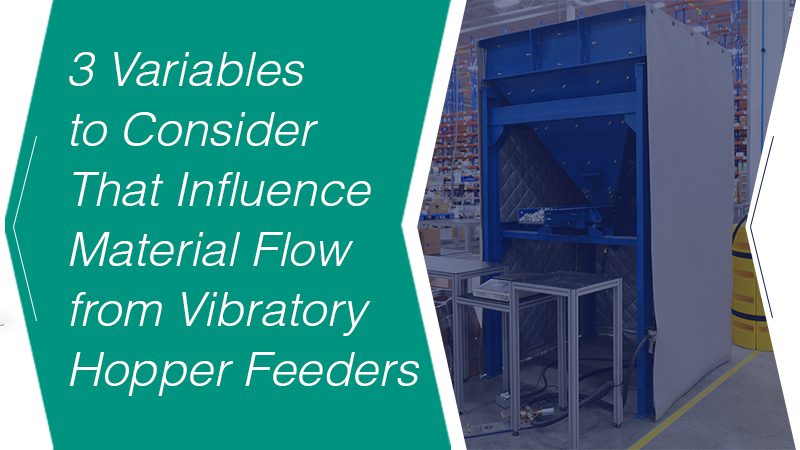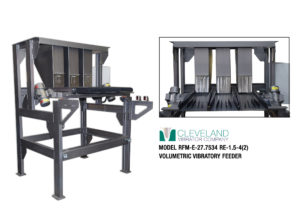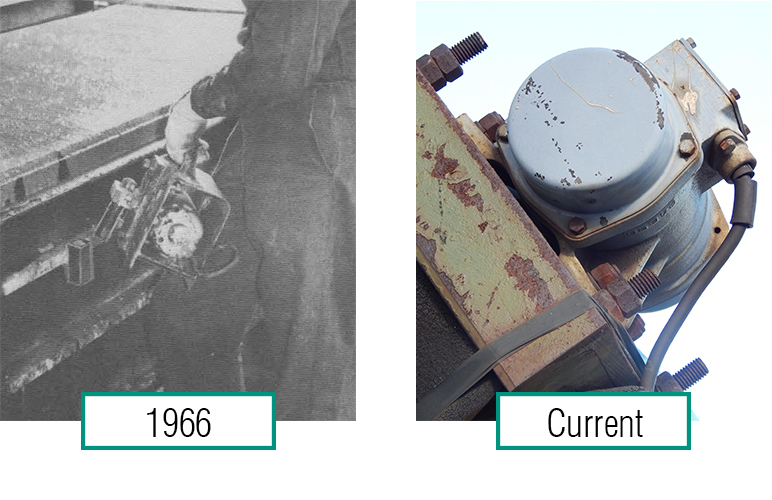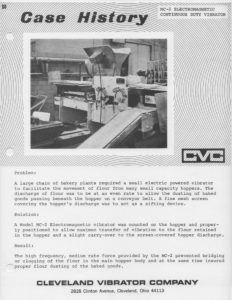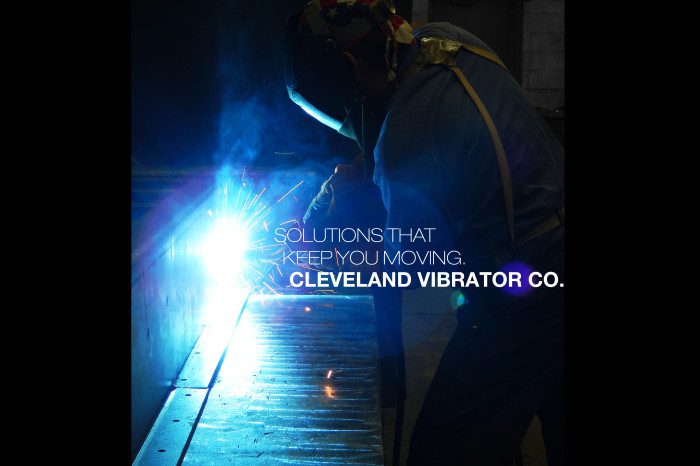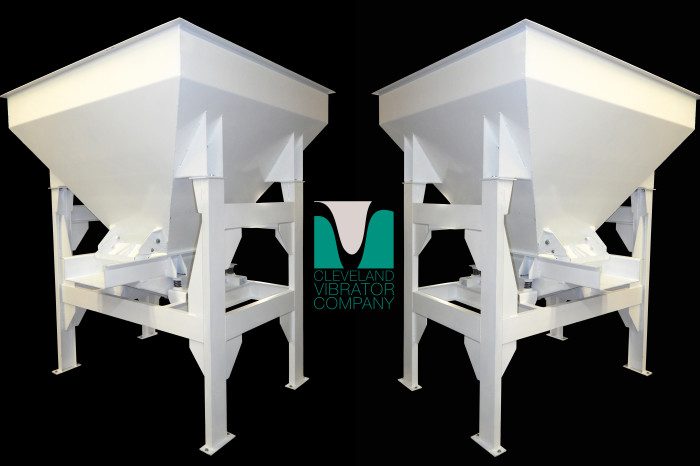Frequently Asked Questions About Rotary Electric Vibration
By Steve Chinn
In 1923, The Cleveland Vibrator Company began its journey in the exciting world of industrial vibration, specifically the use of pneumatic powered options for foundry applications. As we ventured into other industries, we noticed a new trend: the demand for electric-powered motors.
Soon after, we decided it was time to explore this exciting new opportunity and set out to find a partner specializing in electric-powered vibration. We eventually partnered with an outside company to supply this demand from our customer base. As with any new venture, we experienced a few hiccups along the way; lead times were too long, insufficient force options available, and the lack of “Cleveland Vibrator Quality” our customers came to expect.
Read More…
Joining The Cleveland Vibrator Company team as Sales Lead in January of 2017, Steve Chinn offers extensive knowledge and experience in the Bulk Material Handling industry. As a Cleveland State University graduate with a major in Communication and a minor in Marketing, Steve works closely with Uras Techno, the manufacturer of the high-quality Rotary Electric Motor product line exclusively distributed by The Cleveland Vibrator Company.
When not *almost* losing in our company Fantasy Football league, you can find this Cleveland sports fan golfing or spending time with his wife and two kids. He even coaches his kid’s baseball teams!
Share this blog post:


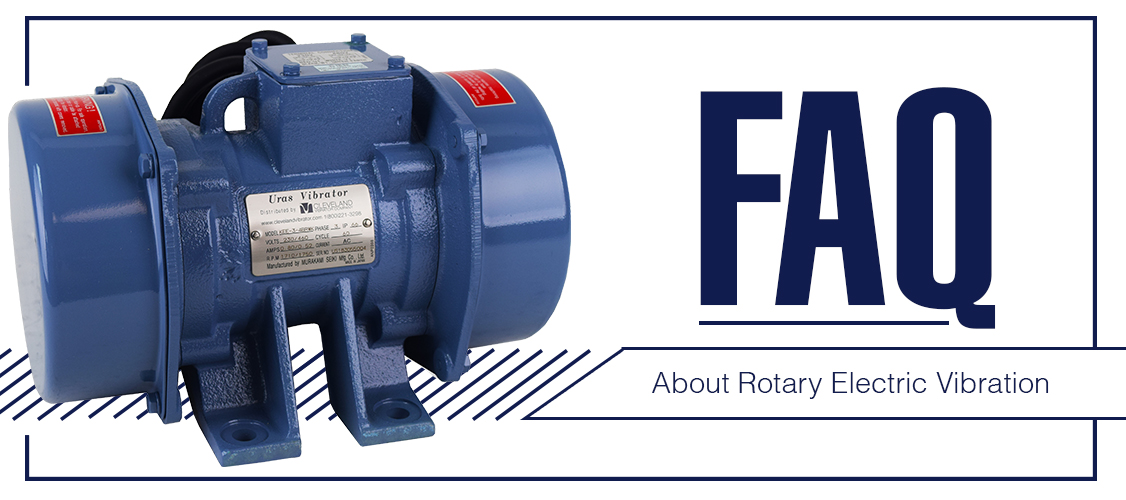


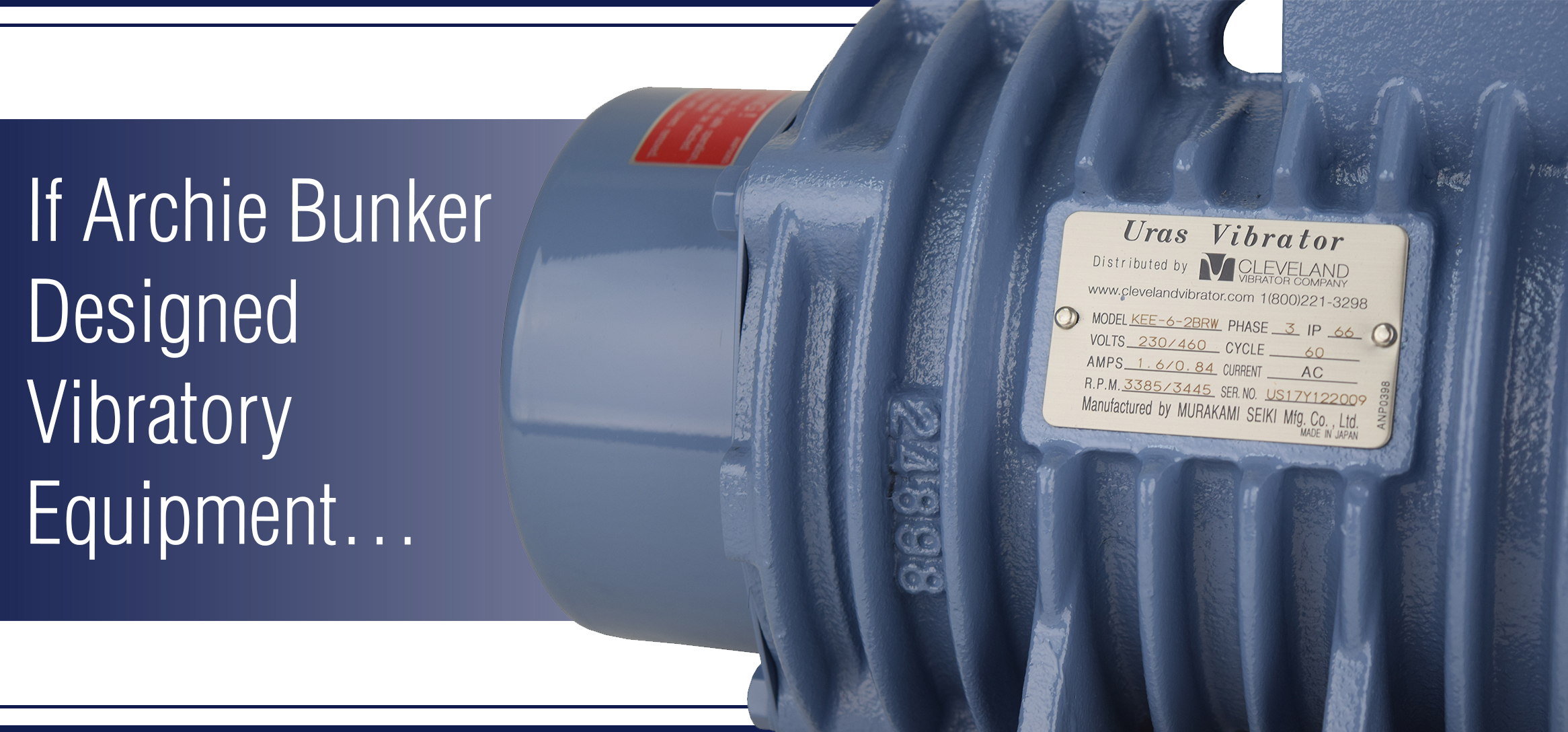
 When I joined the Cleveland Vibrator family, I had just graduated with a Bachelor’s degree in Mechanical Engineering and had no prior experience in the field of industrial vibration or vibrators. During the course of my formal education, I had one class that dealt with vibration, the focus of the class as I recall was how to eliminate it, certainly not how to use it to perform meaningful work. When I was hired on, my informal education into the world of industrial vibrators and vibration began. Just like coming into any family, you learn the way the family works, the teams they root for, the legends they admire and the folks to be avoided. I feel fortunate that I had some excellent family members to bring me up in the world of vibration.
When I joined the Cleveland Vibrator family, I had just graduated with a Bachelor’s degree in Mechanical Engineering and had no prior experience in the field of industrial vibration or vibrators. During the course of my formal education, I had one class that dealt with vibration, the focus of the class as I recall was how to eliminate it, certainly not how to use it to perform meaningful work. When I was hired on, my informal education into the world of industrial vibrators and vibration began. Just like coming into any family, you learn the way the family works, the teams they root for, the legends they admire and the folks to be avoided. I feel fortunate that I had some excellent family members to bring me up in the world of vibration.